Can I Change My birds cage? If you’re a bird owner, you may wonder if changing your feathered friend’s cage is okay. The answer is yes, you can change your bird’s cage, but it’s essential to do so carefully and thoughtfully. A new cage can give your pet more space, better ventilation, and a safer environment. However, the transition can be stressful for your bird, so taking steps to make the change as smooth as possible is essential.
When changing your bird’s cage, it’s essential to consider the size and type of enclosure that will best suit your pet’s needs. The bird’s size, activity level, and temperament should be considered when selecting a new cage. You’ll also want to ensure the cage is safe and secure, with no sharp edges or loose parts that could harm your pet. Once you’ve selected a new pen, you must introduce your bird to it gradually to reduce stress and ensure a smooth transition.
Understanding the Need for Change
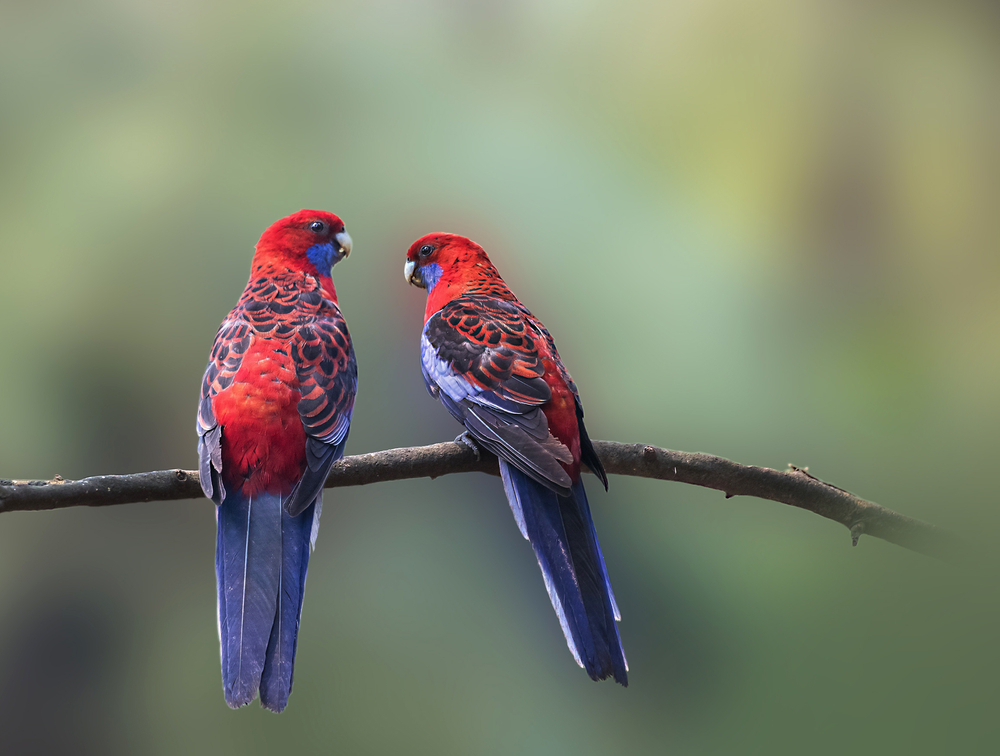
As a bird owner, you may wonder if changing your bird’s cage is okay. While it’s natural to feel hesitant about making changes to your bird’s living environment, there are several reasons why it may be necessary. Understanding the need for change can help you make an informed decision about whether or not to change your bird’s cage.
Health and Well-Being
Your bird’s health and well-being should always be a top priority. If your bird’s cage is too small or cramped, it can lead to health problems such as obesity, respiratory issues, and even depression. A larger cell can give your bird more space to move around and exercise, improving its health and well-being.
Routine and Environment
Birds thrive on routine and a stable environment. However, if your bird has outgrown their current cage or if the cell is in a location that could be better, it may be time for a change. A new enclosure can provide your bird with a fresh environment and new opportunities for enrichment and stimulation.
Signs of Discomfort
If your bird shows signs of discomfort, such as excessive preening, feather plucking, or aggression, it may be a sign that its current living environment is unsuitable. Changing your bird’s cage can help alleviate these issues by providing a more comfortable and spacious living space.
In conclusion, changing your bird’s cage can be a necessary and beneficial step for your bird’s health and well-being. By understanding the need for change and keeping your bird’s best interests in mind, you can decide whether to change your bird’s cage.
Choosing the Right Cage
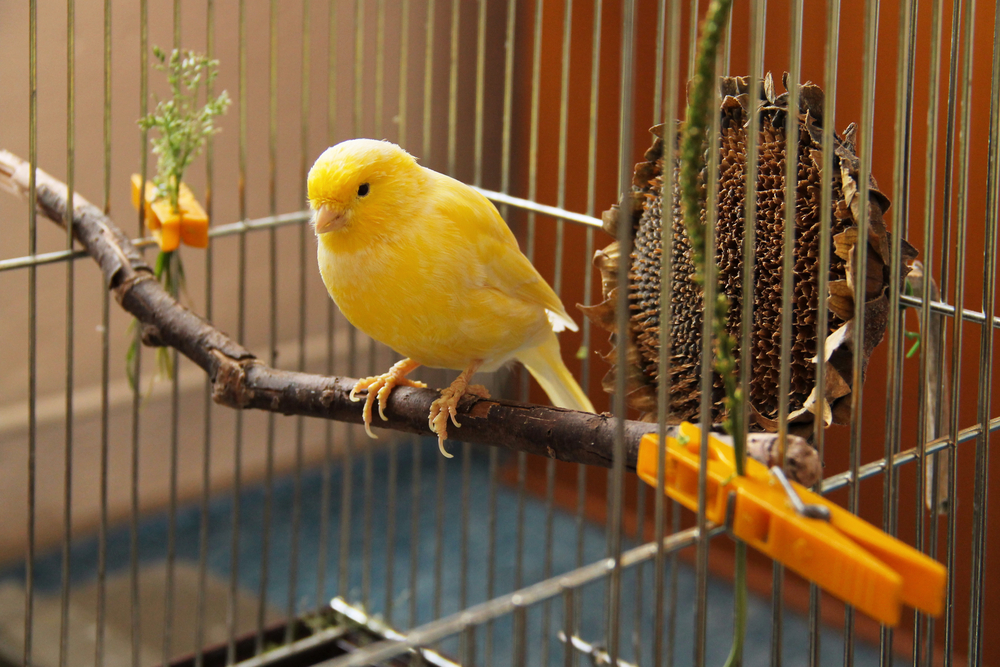
Choosing the right cage is crucial when providing your feathered friend with a safe and comfortable living space. Here are some factors to consider when selecting a cage for your bird.
Size and Comfort
The size of the cage is one of the most important factors to consider. The cage should be large enough for your bird to move around comfortably and spread its wings. A good rule of thumb is to choose a pen at least twice the size of your bird’s wingspan.
The cage should also have enough space for perches, food bowls, and toys without making it feel cramped. Choose a pen appropriate for your bird’s species and size. Smaller birds, such as canaries and finches, will require a smaller cage than larger birds, such as parrots and macaws.
Safety and Protection
The safety of your bird should be a top priority when choosing a cage. The cage should be sturdy and made of non-toxic materials. Bar spacing is also an important consideration. The size of the bars on the pen will determine how easily your bird can escape and how safe it is from predators.
If you plan to keep your bird outside, choose a cage that protects it from the elements and predators. Outdoor enclosures should also have a roof to protect your bird from rain and direct sunlight.
Indoor vs. Outdoor Cages
When choosing a cage, you must decide whether to keep your bird indoors or outdoors. Indoor cages are typically smaller and easier to clean but may need more space for your bird to fly. Outdoor cages provide more space but require more maintenance and protection from the elements.
If you keep your bird outside, choose a cage appropriate for your area’s climate. Cockatiels, for example, can tolerate a wide range of temperatures but may need additional protection from the wind and rain.
In summary, choosing the right cage for your bird requires careful consideration of its size, safety, and living environment. With the right pen, your bird can enjoy a safe and comfortable home that meets its needs.
Preparing for the Transition
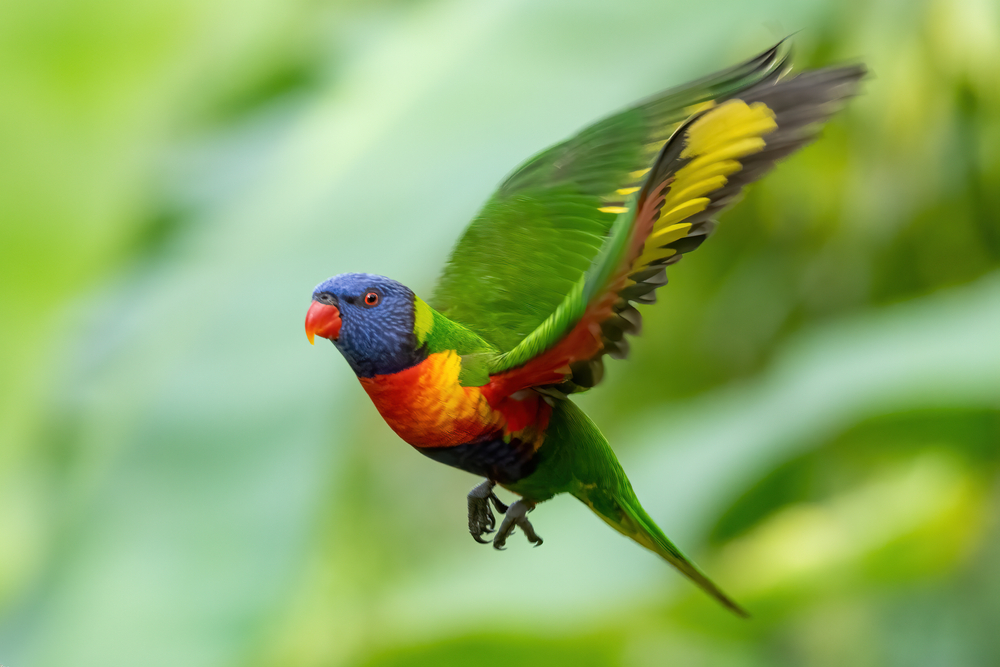
If you plan to change your bird’s cage, it is essential to prepare for the transition to ensure that your bird adapts to the new environment smoothly. Here are some tips to help you prepare for the change.
Familiarizing with the New Cage
Before you move your bird to the new cage, it is important to familiarize them with it. You can do this by placing the new cage next to the old one for a few days. This will allow your bird to get used to the new cell and become comfortable with it. You can also place familiar toys and perches in the new cage to make it more inviting for your bird.
Moving the Bird
When you are ready to move your bird to the new cage, it is essential to do it carefully and calmly. Here are some steps to follow:
- Remove all toys and perches from the old cell.
- Open the door of the new enclosure and place some treats and familiar toys inside.
- Allow your bird to explore the new partition on their own.
- Once your bird is comfortable in the new coop, gently transfer them from the old pen to the new one.
- Close the door of the new enclosure and allow your bird to settle in.
Monitoring your bird for the first few days in the new cage is essential to ensure they adapt well. You should also provide plenty of familiar toys and perches to make the new pen feel like home.
In conclusion, changing your bird’s cage can be a smooth transition if you take the time to prepare and follow these tips. By familiarizing your bird with the new enclosure and moving them carefully, you can help them quickly adjust to their new home.
Maintaining the New Cage
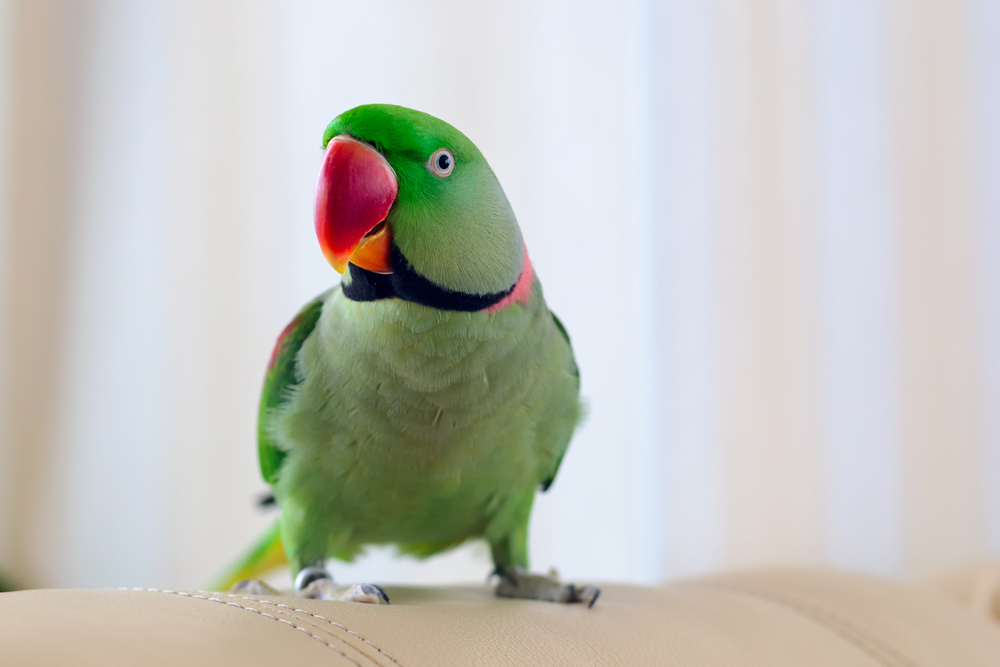
Cleaning and Hygiene
Keeping your bird’s new cage clean is essential for maintaining its health and well-being. Regular cleaning will help prevent accumulating bacteria and other harmful microorganisms that can cause infections and diseases.
You should clean your bird’s cage at least once a week or more frequently if necessary. Remove any uneaten food, droppings, and debris from the cell daily. Replace the cage liner with a fresh one, and wash the food and water bowls with soap and water.
Once a week, remove all the toys, perches, and accessories from the cage and wash them with soap and water. You can also use a bird-safe disinfectant to sanitize the cage and accessories. Rinse everything thoroughly and let it dry completely before returning it to the cell.
Providing a Healthy Environment
In addition to keeping the cage clean, you should provide your bird with a healthy environment. This includes proper nutrition, access to fresh water, and a variety of toys and perches to keep them mentally stimulated.
Ensure your bird has access to a balanced diet that includes a variety of fruits, vegetables, seeds, and pellets. Avoid giving your bird too many fatty or sugary foods, leading to obesity and other health problems.
Provide your bird with fresh water daily and clean the water bowl regularly to prevent the growth of harmful bacteria. You can also add a water conditioner to the water to help keep it clean and fresh.
Finally, make sure your bird has plenty of toys and perches to play with and perch on. This will help keep them mentally stimulated and prevent boredom. Rotate the toys and perches regularly to keep things interesting for your bird.
These simple tips help maintain your bird’s clean and healthy environment in their new cage.
Place the Two Cages Side-by-Side
When it’s time to change your bird’s cage, making the transition as smooth as possible is essential. One way to do this is by placing the two cells side-by-side. This allows your bird to get used to the new cage without feeling forced to enter it immediately. Here are some tips to help you make the transition:
- Place the new cage next to the old one for 5-10 days.
- Make sure the new enclosure is visible to your bird at all times.
- Place familiar toys and perches in the new cage to make it feel like home.
- Encourage your bird to explore the new cage on their own time.
By placing the two cages side-by-side, your bird can gradually get used to the new cage without feeling overwhelmed or stressed. This method also lets your bird feel in control of the situation, which can help reduce anxiety.
It’s important to remember that every bird is different; some may take longer to adjust to a new cage than others. Be patient and give your bird time to explore and get comfortable in their new home.
Placing the two cages side-by-side is a simple yet effective way to transition your bird to a new cage. Following these tips can help make the transition as smooth and stress-free as possible for your feathered friend.
Treats
When moving your bird to a new cage, treats can be a helpful tool to make the transition smoother. You can place some of their favorite treats inside the new cage to encourage them to explore and feel comfortable in their new home. This can be especially effective if your bird loves treats.
However, it’s important to remember that treats should be in moderation. Too many treats can lead to obesity and other health issues. Make sure to choose treats appropriate for your bird’s species and size.
In addition to using treats during a cage change, you can also use them to train your bird and strengthen your bond with them. Positive reinforcement training, where you reward good behavior with treats, can effectively teach your bird new behaviors and tricks.
When choosing treats for your bird, make sure to avoid those that are high in sugar, salt, or fat. Healthy options like fresh fruits and vegetables, nuts, and seeds. You can also find specially formulated bird treats at pet stores.
Always offer treats in moderation and as part of a balanced diet. Too many treats can lead to health problems, so consult your veterinarian about the appropriate amount for your bird.
Monitoring Your Bird’s Response
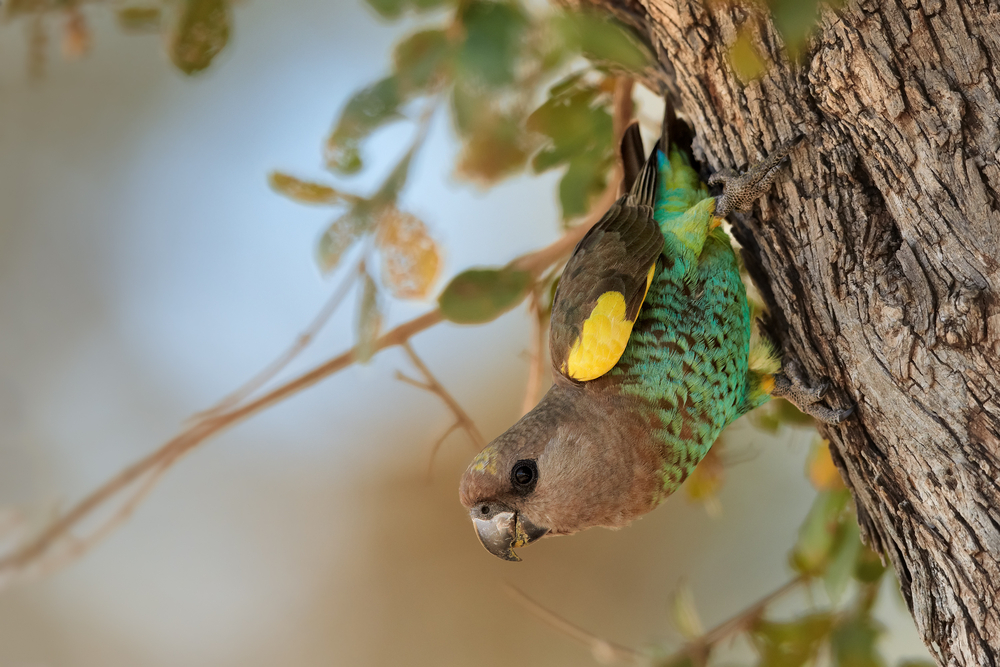
Assessing Bird’s Comfort
When you change your bird’s cage, it is essential to monitor their comfort level. Observe your bird’s behavior to see if they seem comfortable in their new environment. Signs of discomfort may include excessive vocalization, aggression, or hiding in a corner of the cage. On the other hand, if your bird seems happy and content, they are likely comfortable in their new enclosure.
To ensure your bird’s comfort, ensure their new cage is appropriate for their species and has enough perches and toys to keep them entertained. Additionally, provide your bird with a comfortable substrate, such as paper or a cage liner, on the cage floor.
Identifying Health Issues
When you change your bird’s cage, it is essential to monitor their health. Stress from a new environment can weaken your bird’s immune system, making them more susceptible to illness. Watch for signs of illness, such as lethargy, loss of appetite, or discharge from the eyes or nostrils. If you notice any of these symptoms, contact your veterinarian immediately.
Adjusting to the New Environment
It is usual for your bird to feel stressed when adjusting to a new environment. To help your bird adjust, provide a quiet and calm environment. Avoid loud noises and sudden movements around the cage. Additionally, spend time with your bird and offer them treats to help them feel comfortable in their new home.
It may take some time for your bird to adjust to their new cage. Be patient and monitor their behavior to ensure they are comfortable and healthy. With time and patience, your bird will adjust to their new environment and be happy in their new cage.
Conclusion
In conclusion, changing your bird’s cage can be a positive experience for you and your pet. By providing a new environment, you can improve your pet’s surroundings and give them a new view to enjoy.
While some birds may take longer to adjust to a new cage, with patience and care, they will eventually become comfortable in their new home. It is important to remember that birds are creatures of habit, and a new cage may disrupt their routine.
To help your pet adjust, try adding familiar toys or perches to the new cage. You can also gradually introduce them to the new cage by placing it next to their old one for a few days.
When selecting a new cage, make sure to choose one that is appropriate for your bird’s size and needs. A larger cage can allow your pet to move around and exercise.
Maintaining a clean and hygienic cage is also essential for your pet’s health and well-being. Regularly cleaning the cage and providing fresh food and water can help prevent illness and keep your pet happy.
Changing your bird’s cage can show your love and care for your pet. A comfortable and stimulating environment can improve their quality of life and strengthen their bond.
For more info : https://www.audubon.org/
Tags : can i change my birds cage
Tags : how parrot move from one place to another place
Tags : parrot scared of new cage
Tags : can i move my parakeets cage around
How long does it take a bird to adjust to a new home?
It usually takes a bird a few days to a week to adjust to a new home. During this time, your bird may be more stressed or anxious than usual. To help your bird adjust, provide a familiar cage, toys, and food.
How to transfer a parakeet from one cage to another?
To transfer a parakeet from one cage to another, you should first ensure that both cages are similar in size and design. Then, place the new cage next to the old cage and open both doors. Encourage your bird to explore the new cage by placing treats and toys inside.
Should I let my new bird out of the cage?
It’s best to wait until your bird has adjusted to its new environment before letting it out of the cage. Once your bird is comfortable in its new home, you can gradually introduce it to the rest of your home.
How do you introduce a parakeet to a new cage?
To introduce a parakeet to a new cage, you should place the new one next to the old one. Then, encourage your bird to explore the new cage by placing treats and toys inside. Once your bird is comfortable in the new cage, you can remove the old cage.
Do birds like their cage rearranged?
Some birds enjoy rearranging their cages, while others prefer a consistent environment. If you want to rearrange your bird’s cage, do so gradually and observe your bird’s behavior. If your bird seems stressed or anxious, consider returning the pen to its original layout.
How often should you change your bird’s cage?
It would help to clean your bird’s cage at least once a week and replace damaged or worn items. If your bird frequently chews or destroys toys, you may need to replace them more often. As for changing the entire cage, it’s only necessary if the cage is damaged or too small for your bird.